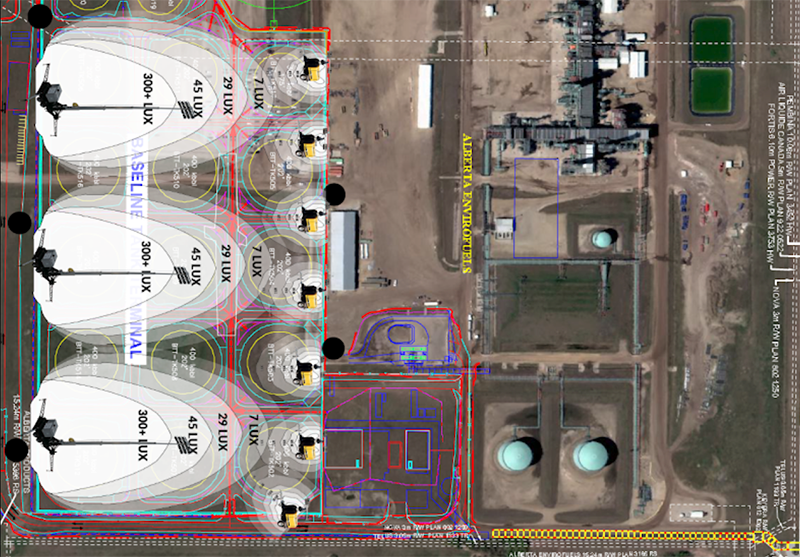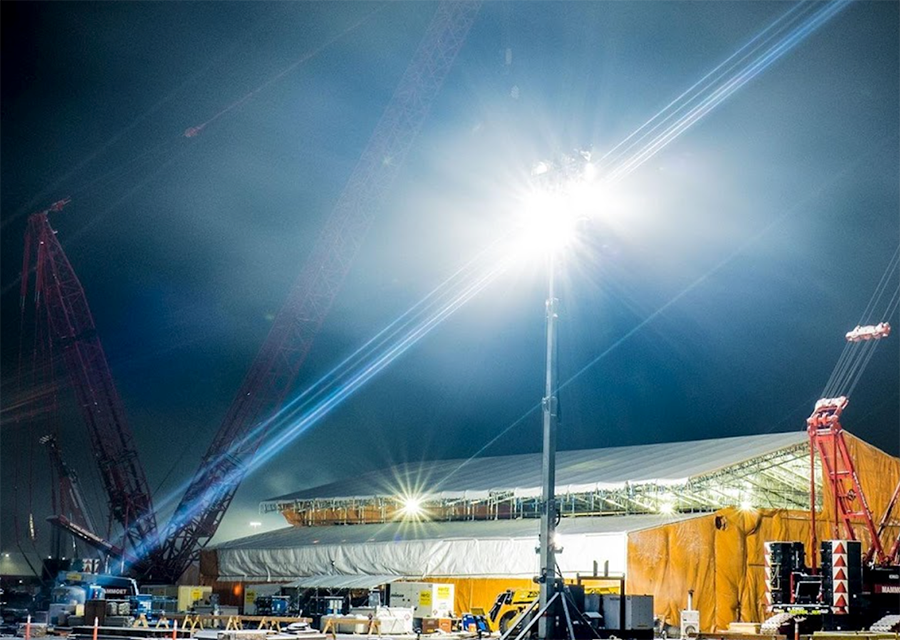Lighting Equipment
High output lighting to optimize night work conditions.
Correct illumination is critical for the optimization of both comfort and productivity in the workplace; the quality of perception, mood, and performance of employees are all influenced by the lighting in their workplace. The results of research into the psychological effects of lighting on workers in a variety of industries demonstrate the critical relevance of following workplace lighting guidelines.
To provide optimal site illumination, a methodical strategy must be used in order to optimize nighttime conditions. We establish objectives based on established lighting recommendations determined by project risk ratings.
Our lighting solutions are created to add value to the environment by providing unrivalled performance, dependability, and operating efficiency.
All of our stadium towers are designed and built for a single purpose: to meet your need for continuous illumination in large-scale lighting applications, ideal for projects such as hydroelectric dams, industrial and energy projects, and other large-scale projects that require taller, industrial scale light towers.
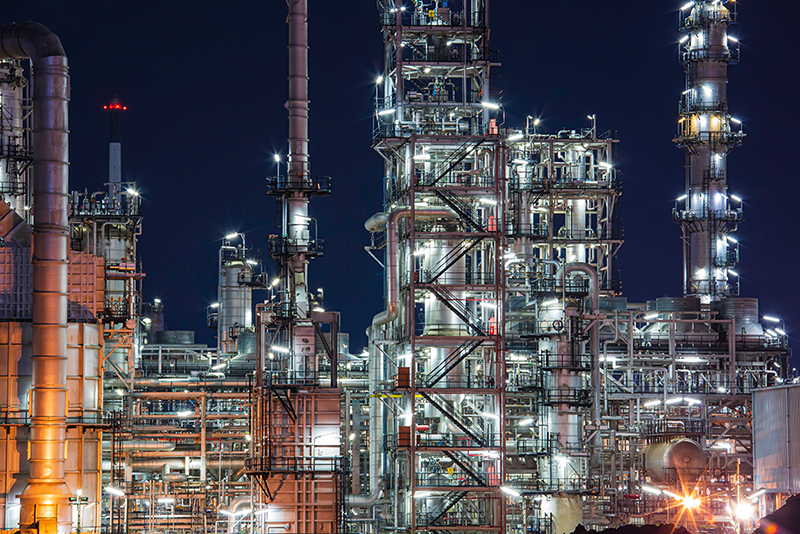
Provide enough lighting to avoid dangers and function effectively at night: maximizing productivity, safety and results.
Stadium Light Towers
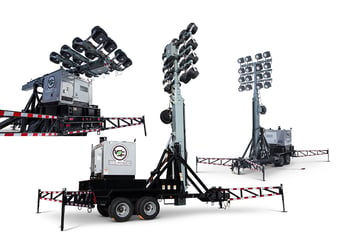
25kW LED
High output lighting made to support the most extensive projects - large area and object coverage
Explosion Proof Lighting
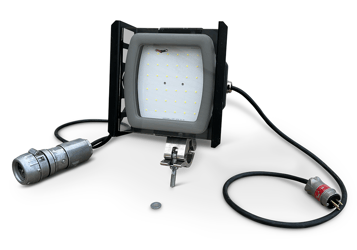
XP-30
30 watt mobile XP rated light with an integrated scaffold clamp system and daisy chain ready.
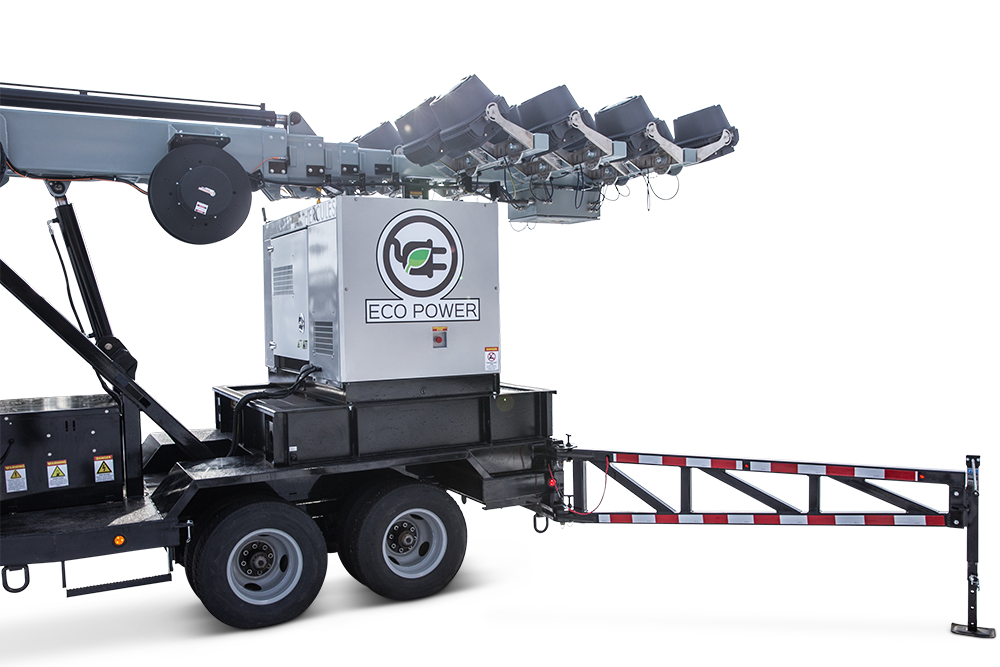
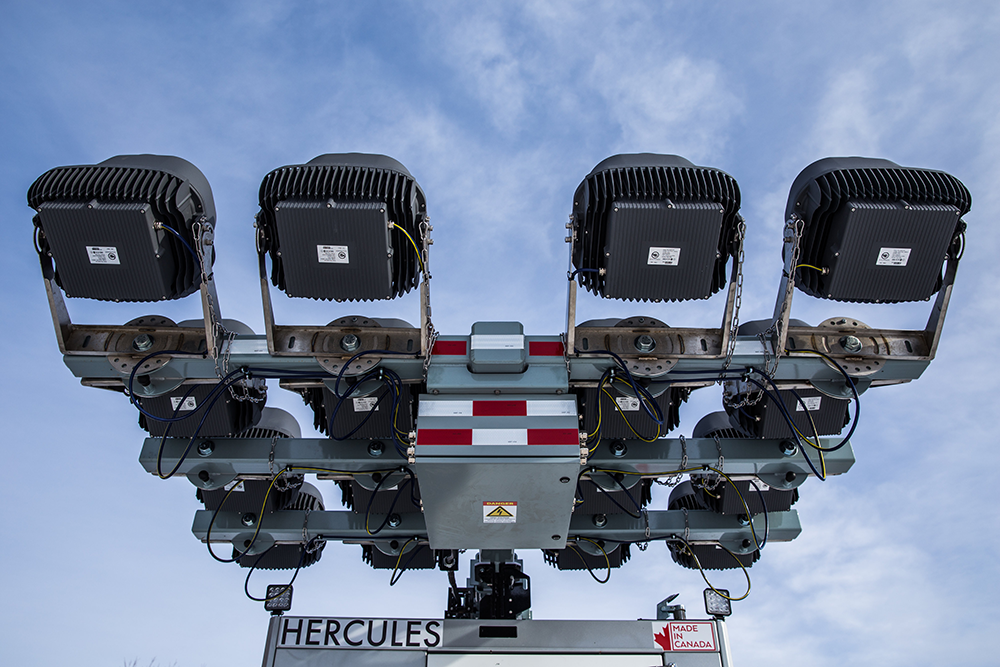
Lighting Goals
Managing light requirements
Occupational Lighting Standards for Outdoor Workplaces are concerned with appropriate lighting standards for outdoor workplaces as well as the efficient operation of these systems. Correctly constructed outdoor lighting is critical to the preservation of safe work practices as well as the decrease of work-related injuries and illnesses.
Illuminance is the measure of "how bright" a working area is. The metric measure of illuminance is the lux (footcandle in the imperial system). In basic terms, a lumen is a measure that intensity in terms of the area over which is spread (1 lux = 1 lumen per square meter). We work to plan light coverage to optimize site conditions to maximum lighting.
Examples of lux in everyday life:
| Typical/Approximate Illuminance | |
| A full moon on a clear night | 0.27 lux |
| Nighttime on a suburban residential street | 5 lux |
| Well lit main street at night | 10 lux |
| Light level 10 feet from a tall living room lamp with a shaded 60-watt incandescent bulb | 15 lux |
| The light level in a 10’ x 10’ room lit with a pair of 60-watt incandescent bulbs | 30-45 lux |
| A very dark overcast day | 100 lux |
| Recommended office lighting | 320 lux |
ANSI Light Goals
| Risk Category | Lux | FC |
| "Very low risk, e.g.: Storage areas with occasional traffic in industrial yards Coalfields in power plants Timber storage, sawdust, and wood chip fields in sawmills Occasionally used service passages and stairs, wastewater cleaning and aeration tanks, filter and sludge digestion tanks in water and sewage plants" | 5 lux | 0.46 footcandles/ft2 |
| "Low risk, e.g.: General lighting in harbours Areas of risk-free process and occasionally used platforms and stairs in petrochemical and other hazardous industries Sawn timber storage areas in sawmills" | 10 lux | 0.92 footcandles/ft2 |
| "Medium risk, e.g.: Vehicle storage areas and container terminals with frequent traffic in harbours, industrial yards, and storage areas Vehicle storage areas and conveyors in petrochemical and other hazardous industries Oil stores in power plants General lighting and storage areas for prefabricated goods in shipyards and docks Regularly used stairs, basins, and filters of clean water plants in water and sewage plants" | 20 lux | 1.85 footcandles/ft2 |
| "High risk, e.g.: Building foundation holes and working areas on the sides of the hole at building sites Fire, explosion, poison, and radiation risk areas in harbours, industrial yards, and storage areas Oil stores, cooling towers, boilers, compressors, pumping plants, valves, manifolds, operating platforms, regularly used stairs, crossing points of conveyors, electric switch-yards in petrochemical and other hazardous industries Switch-yards in power plants Crossing points of conveyors, fire risk areas in sawmills" | 50 lux | 4.65 footcandles/ft2 |
